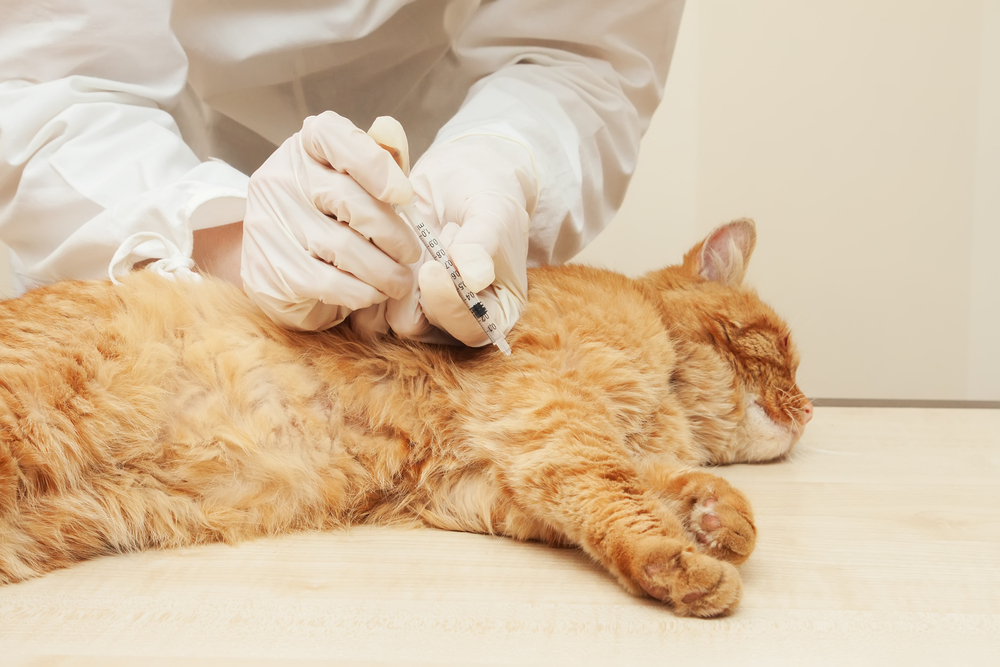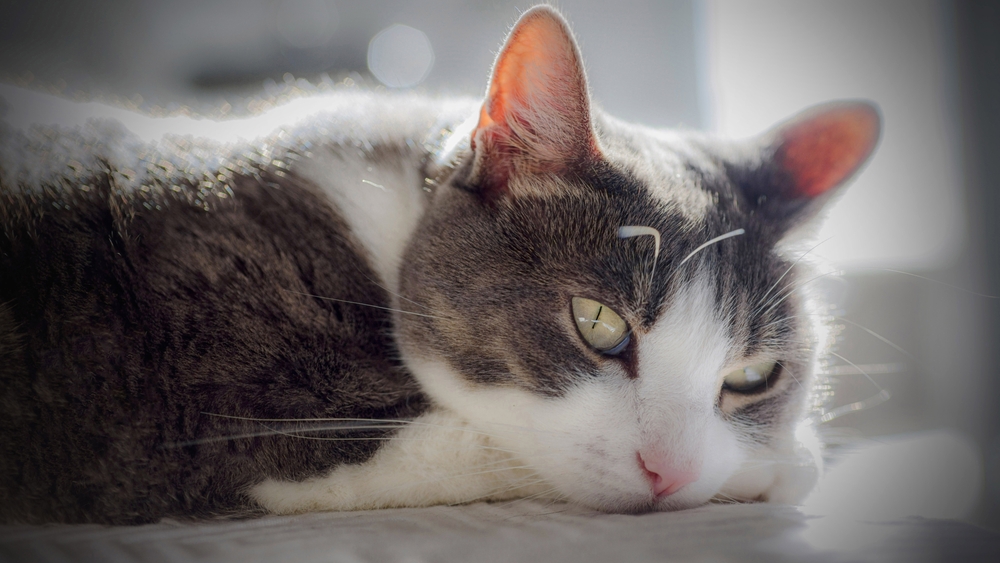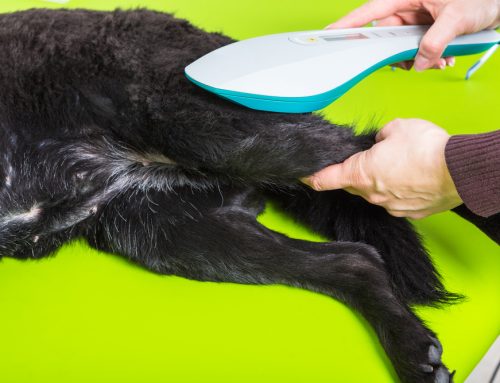Does your cat have frequent sneezing, nasal discharge, or runny eyes? These are typical feline upper respiratory infection signs, and they resemble human cold virus signs. While infection is more common in young cats and those in shelters, the condition can affect almost any cat of any age.
Our Neighborhood Veterinary Centers of LaMarque team wants you to understand why cats develop respiratory infections, recurrence risk factor causes, and when at-home treatment is OK and veterinary care is needed. Learn the answers to your frequently asked questions (FAQs) about feline respiratory infection.
Question: What causes respiratory infections in cats?
Answer: Viruses most commonly cause feline respiratory infections, but bacteria can also contribute. Inhaled fungi are an uncommon cause, but can lead to severe illness. These microorganisms easily spread from cat to cat through airborne particles, causing inflammation and irritation in the nasal passages, sinuses, throat, and upper airway. Most infections are confined to the upper respiratory tract, but some may spread to the lungs. Feline respiratory infections’ most common causative organisms include:
- Feline herpesvirus (FHV-1) or feline viral rhinotracheitis
- Calicivirus
- Chlamydia
- Mycoplasma
- Bordetella
Q: Which cats are at risk for respiratory infections?
A: Cats housed in close quarters with other cats, including those in shelters, catteries, and multi-cat homes, and young kittens living with their littermates, are most at risk for respiratory infection. As do humans stuck inside during flu season, cats confined close to one another transmit disease very easily. Other feline respiratory infection risk factors include brachycephalic (i.e., flat-faced) head shape and immunosuppression from feline immunodeficiency virus (FIV), feline leukemia virus (FeLV), or certain drugs.
Q: What are respiratory infection signs in cats?
A: Frequent sneezing is a common feline respiratory infection sign. Other possible signs include:
- Watery or mucoid nasal and eye discharge
- Eye squinting, redness, or swelling
- Lethargy
- Decreased appetite
- Coughing or difficulty breathing
Q: Why has my solo cat developed an infection?
A: Some respiratory viruses, notably FHV-1, can hide in your cat’s body after the initial infection resolves. The virus reactivates during stress, illness, and immunosuppression, or for no apparent reason, causing infection signs. FHV-1 is the most common respiratory infection cause and one of the most common causes of chronic, recurrent feline eye problems. Many cats carry the virus, but not all will develop recurrent infections.
Q: Does my cat need to visit the veterinarian for every respiratory infection?
A: If your cat has developed respiratory infection signs but continues to eat and behave normally at home, you can monitor the problem for a few days. Call our team if your cat’s signs do not improve after a week, if signs worsen, or if your cat’s appetite or energy levels decline. In the meantime, you should isolate your ill cat from other household cats. Use a warm, soft cloth or commercial cat-safe wipes to keep your cat’s eyes and face clean. In addition, try creating a steam room for your feline friend by placing them in the bathroom while you shower, but leave the fan turned off.

Q: Can vaccinations prevent respiratory infections in cats?
A: The main core feline vaccine (i.e., FVRCP) protects against the two most common respiratory viruses. The vaccine cannot completely prevent infection but does decrease infection severity and helps reduce virus shedding and subsequent spread. All young kittens should receive this vaccination in two to three doses, a booster when they are a year old, then every three years thereafter.
Q: What else can I do to help prevent feline respiratory infections?
A: Stress and immunosuppression are the main factors that increase a cat’s respiratory infection susceptibility. Therefore, decreasing household stress can prevent future infections. To help bring harmony to your home, follow these tips:
- Ensure all household cats have access to food, water, perches, scratching posts, and litter boxes, with no competition or bullying from other pets.
- Keep visitors, household construction, vacations, and rearranging furniture to a minimum.
- Block visual access to outdoor stray or feral cats.
- Provide vertical space for cats to feel safe and survey their domain
- Provide protected outdoor time on a catio or screen porch, or taking a walk with your cat in a harness.
- Ask our team if L-lysine, an amino acid supplement, could strengthen your cat’s immune system.
A respiratory infection may sideline your cat occasionally, but you can help minimize the condition’s impact. If your cat shows respiratory infection signs or you would like to learn more about reducing your cat’s stress and boosting their immune system, contact our Neighborhood Veterinary Centers of LaMarque team.







Leave A Comment